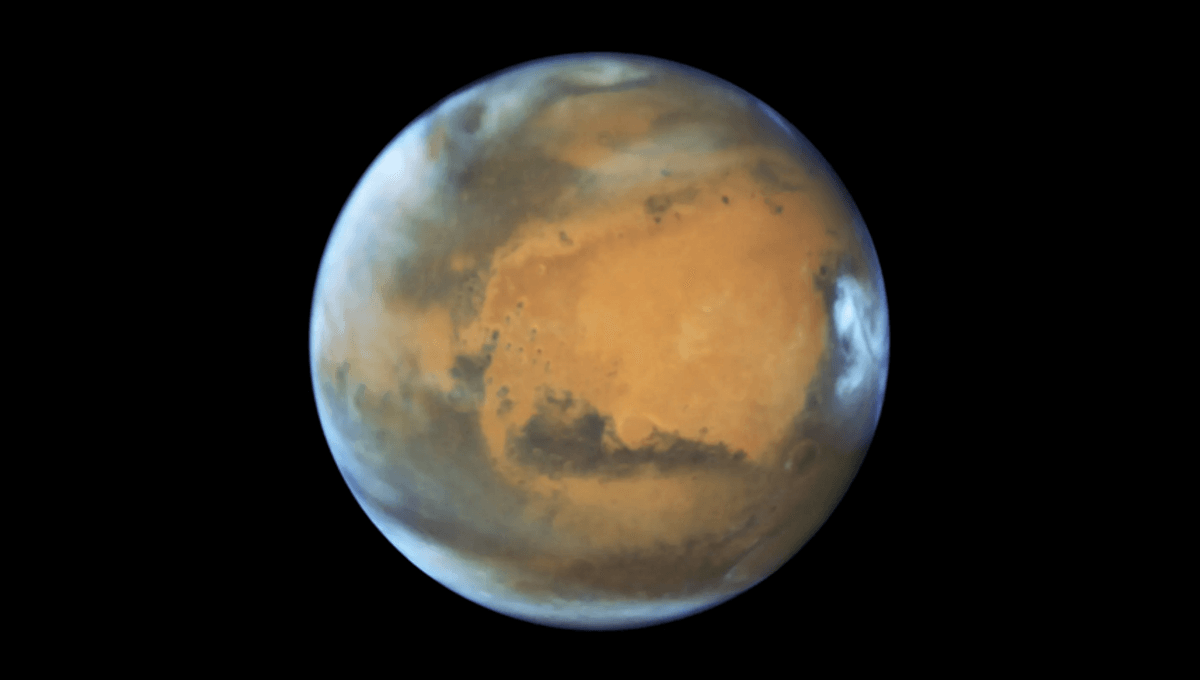
A year ago, the Chinese National Space Administration (CNSA) made an announcement that gained little attention, but could have big implications for space exploration. They announced the intention to send another mission to Mars, named Tianwen-3, and use it to bring back a sample from the Martian surface.
Moreover, the date announced for the return is 2031. The significance of this date is that it is before the 2033 intended date for NASA’s own Mars Sample Return (MSR) mission in collaboration with the European Space Agency (ESA). If China meets its announced goal, it would be the biggest blow to American prestige in space inflicted by another country at least since Mir became the first permanently crewed space station. Indeed, some would argue Mir was not much of an advance on Skylab, and this would be NASA’s biggest defeat since the USSR’s Venera 7 made the first transmission from another planet’s surface five decades ago.
This is not a challenge the USA is likely to take lying down. If it looks like China can deliver on its goals, it could help NASA attract more money from Congress to get there faster, or at least to achieve other wins that will outshine anything China can muster. However, there is a high chance the US and its allies will alter their space priorities towards flashy targets that make for PR victories at the expense of the most scientifically rewarding goals.
All this depends, however, on whether China’s prospects of mission success are considered plausible. It’s one thing to announce an MSR mission, and quite another thing to do it – particularly on time. The CNSA successfully landed the Zhurong rover, but getting there is a great deal easier than taking off again with payload attached. There’s a reason NASA is having so much trouble even getting its plans in order for its own mission to retrieve Martian dust.
This is not like the Japanese Space Agency’s (JAXA’s) plan to grab a bit of one of the Martian moons, perhaps by 2029. Taking off from Phobos or Deimos is like bringing back samples from Ryugu or Bennu – challenging but well within current capacities.
Martian gravity is almost a thousand times higher, even ignoring any additional hindrances its atmosphere might provide. To escape that requires powerful rockets, which must be landed on the planet’s surface in a condition to fire again. The apparent similarity of China’s proposed Martian helicopter to NASA’s Ingenuity calls into question whether their space agency has any major technological advances that could allow it to beat NASA in this regard.
Nevertheless, so far China has stuck to the goal. A new model of the Martian atmosphere, GoMars, is being promoted as being designed to facilitate the sample return by helping avoid the damage dust has done to previous landers and rovers.
“The dust cycle on Mars is as important as the water cycle on Earth,” GoMars leader Dr Wang Bin told the Xihhua News Agency The project is still being listed in Chinese state media as launching in 2028, presumably for 2031 return.
To understand the effects, we can look at the last space race. The Soviet achievement of creating the first artificial satellite, Sputnik, and the first human in space led to an enormous expansion of the previously modest American space program. It’s unlikely Kennedy would have promised to go to the Moon without these events, and almost certain that, even if he had, Congress would not have provided the funding required.
While the race to prove superiority over the USSR was on, however, the money tap flowed freely. This led not only to the Apollo missions and the rocks brought back, but to Viking on Mars, and the Voyager missions to the outer planets. These produced a scientific bonanza, but the priority was always on those aspects that could be proclaimed as American firsts, not on replications that might be more scientifically useful.
Once it was perceived the Soviets were no longer competing beyond low-Earth orbit, the rivers of money slowed to a trickle. Only as the costs of space launches fell did we move past one mission further than Mars a decade.
NASA’s MSR is running drastically over budget, a review board recently noted, leading to a recommendation to delay plans still further. That would be a bitter pill to swallow in any circumstances, but harder still if China might manage what the USA can’t.
As it is, there are fears that cost overruns for MSR will lead to other missions being defunded or delayed, particularly to the outer Solar System. So much of the Europa Clipper’s budget has already been spent it’s probably safe, but the same may not be true for the Dragonfly craft to Titan – and we can probably kiss a mission to Uranus anytime soon goodbye.
The atmospheric model is published open access in Chinese in the Chinese Science Bulletin.
Source Link: Are We In A Space Race To Mars? And What Would That Mean?